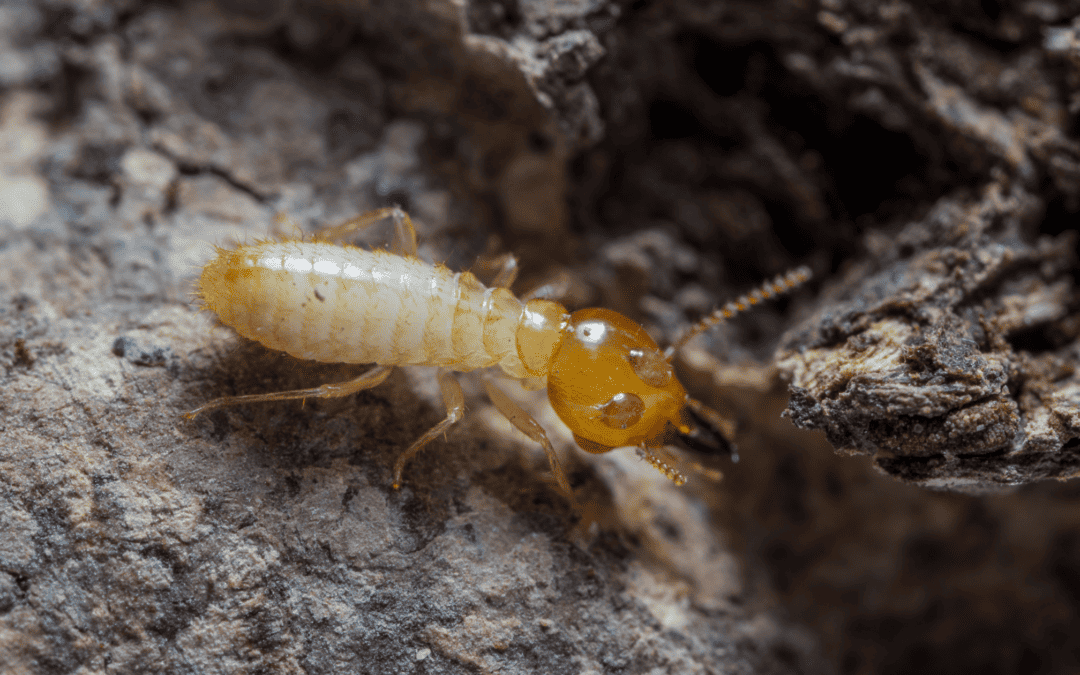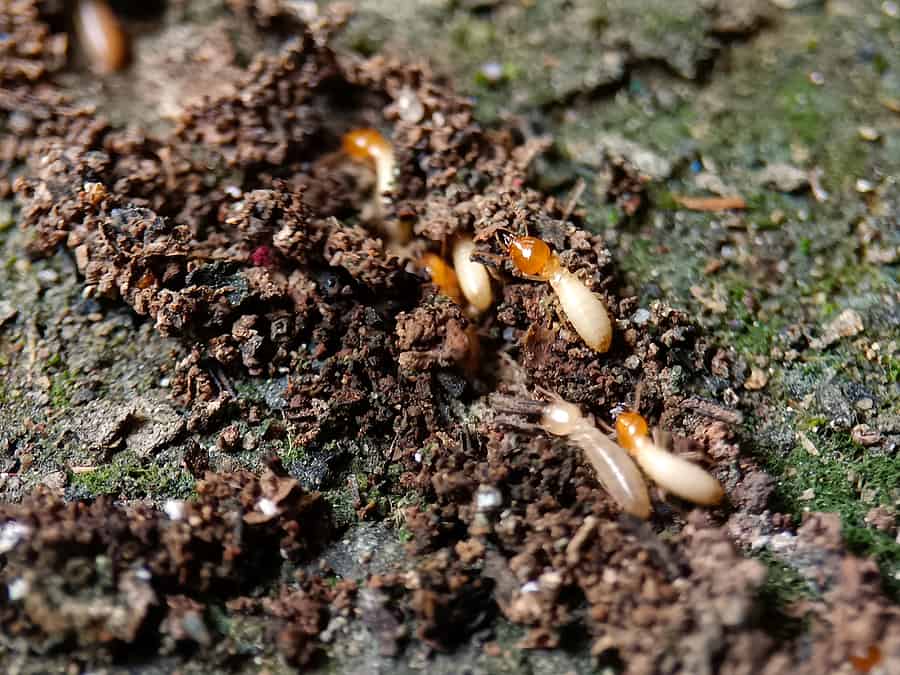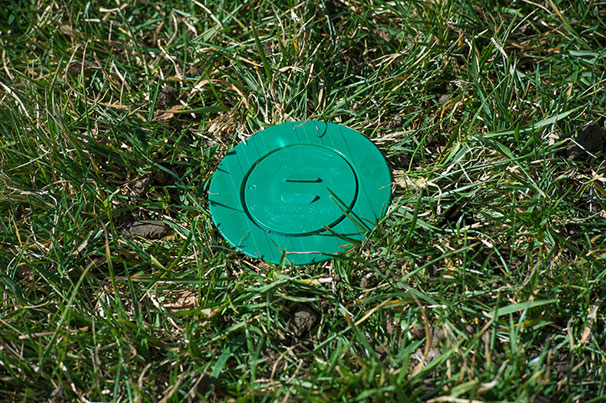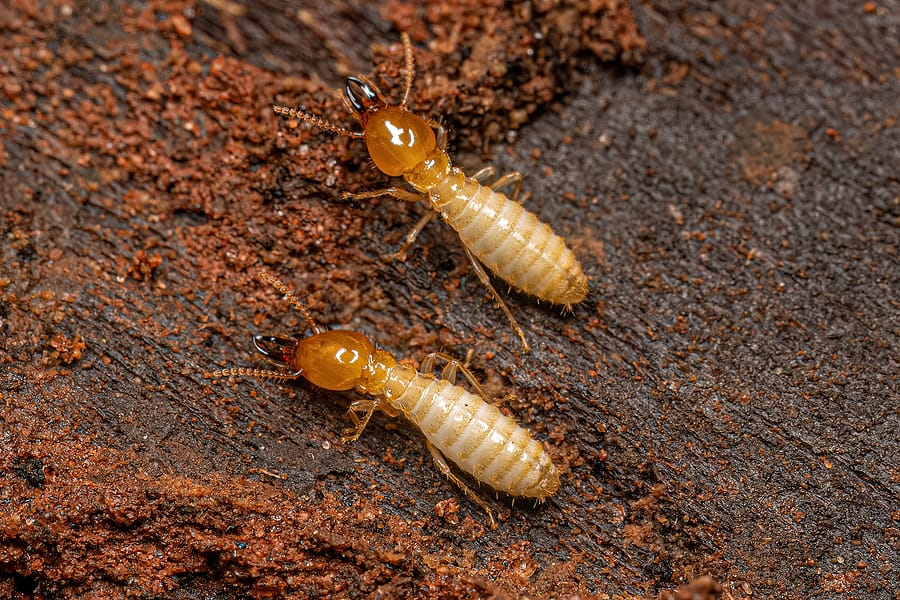READY TO GET STARTED?
REQUEST A FREE ESTIMATE
Fill out the form below or call (888) 466-7849 for a free, no-obligation estimate.

Winter in Georgia may bring chilly temperatures, but for homeowners, it’s no time to let their guard down, especially when it comes to termite control. Contrary to popular belief, termites can remain active during the colder months, making it crucial to stay vigilant year-round. In this blog post, we’ll explore the types of termites found in Georgia, the concept of a termite season, signs of a termite infestation, and essential tips for prevention.
Georgia is home to several termite species, with the most common being Eastern Subterranean Termites, Formosan Subterranean Termites, and Drywood Termites. Each type poses its own set of challenges for homeowners, making termite control a necessity.
While many associate termite activity with warmer months, Georgia’s mild climate means that termites can remain active throughout the year. There might be a slight slowdown in winter, but it’s a mistake to assume that termites take a complete hiatus. In fact, their activity might even go unnoticed, making it crucial for homeowners to be proactive in their termite control efforts.
Detecting termite activity early is key to preventing extensive damage. Keep an eye out for the following signs:
Prevention is the best defense against termites. Here are some tips to protect your home:
Don’t wait until it’s too late. Safeguard your home from termite damage by requesting a free termite control quote from our experienced team. Our experts are ready to assess your property, identify potential risks, and implement effective termite control measures tailored to your needs.
In conclusion, termites in Georgia don’t take a winter vacation. Stay informed, remain vigilant, and take proactive steps to protect your home from these silent invaders. Contact a professional pest control company today for a comprehensive termite control solution and ensure your home stays termite-free year-round.

Georgia is known for its beautiful landscapes, warm weather, and vibrant communities. Unfortunately, it’s also known for its thriving termite populations. Termites can be a homeowner’s worst nightmare, causing extensive and costly damage to your property. In this blog post, we’ll explore why termite treatment is a necessity for your Georgia home, discussing the types of termites found in the state, signs of termites, how to spot termite damage, and crucial tips to prevent and eliminate these destructive pests from your yard.
Georgia is home to several termite species, but the most common ones that homeowners encounter include Eastern Subterranean Termites and Formosan Termites. These voracious pests feed on wood, paper, and cellulose materials, posing a significant threat to your home’s structural integrity.
Termite damage can be difficult to detect until it’s severe. To identify termite damage, look for the following:
Protecting your Georgia home from termite damage is essential, and timely termite treatment is crucial in this battle. If you suspect or have confirmed termite activity in your home, don’t hesitate to seek professional assistance. Request a free termite control quote from our experienced team. We have the expertise and local knowledge to help you safeguard your home from these destructive pests.
Don’t wait until termites cause extensive damage to your property. Contact your local pest control company today for a free termite control quote and take the first step in defending your Georgia home against these silent invaders. Your peace of mind is just a call away!

Florida is notorious for its termite problem, and drywood termites are a common termite species found in homes. These pests can cause considerable damage to our homes, leading to costly repairs. It’s important for homeowners to understand the methods of preventing termites from invading their homes. Check out common tips Florida homeowners can utilize to prevent a drywood termite infestation.
Drywood termites are extremely small, typically ranging from 3/8 in length, but termite soldiers and workers can be even smaller. These pests can easily enter your home through the tiniest crack or gap. It’s important to inspect your home for any openings, including around doors and windows, and even the areas around your utility pipes. Make sure to seal them up with caulk or another appropriate sealant as soon as possible. For areas in your home that must be left open, consider using mesh screens to cover them.
Drywood termites can easily infest lumber, firewood, and wood furniture. Before bringing any of these items inside your home, it’s essential to inspect them first. Drywood termites will also infest furniture, including old pieces of antique furniture and built-in cabinets utilizing second-hand furniture.
Swarmers, or flying termites, are attracted to light sources, making it essential to eliminate them, especially at night. Particularly, drywood termite swarms like to surround light bulbs and lamps during their flight. At night, look to minimize light sources by turning them off and keeping your windows and curtains closed to avoid attracting them. Consider replacing the porch and floor lights with insect-resistant yellow bulbs to help repel them or motion sensor lighting around your home.
Regular inspections can help you catch any signs of a drywood termite infestation early, so it’s important to recognize their signs. Inspect your home for small holes in wood, piles of droppings, or wings shed by the termites. If you notice any of these signs, it’s best to call a professional for help immediately.
Sometimes, the best way to prevent a drywood termite infestation is to consider hiring your local professional pest control company to inspect your home regularly, treat any existing infestations, and provide a prevention plan to avoid a future infestation. These professionals will have the knowledge, experience, and tools necessary to detect and eliminate these pests effectively.

Living in South Florida can come with many perks, including lots of sunshine and beautiful ocean views. Unfortunately, it can also come with termites! These silent destroyers can cause significant damage to your home from the inside out. There are several treatment options out there to help keep termites under control, including the Sentricon Always Active® system. Here is more information on subterranean termites, along with ways to prevent and eliminate them.
Let’s talk about these stealthy troublemakers! Subterranean termites are the most common type of termite found in residential areas. They thrive in moist soil and create underground colonies, where they build intricate tunnel systems to access sources of food. Their damage can go unseen for years, hence the nickname, Silent Destroyers.
When it comes to termite control for subterranean termites, Sentricon Always Active® baiting system stands out as a highly effective and eco-friendly solution. The stations are strategically placed around your property, forming a protective barrier.
Once termites find the bait, they take it back to their colony for complete elimination. Having Sentricon Always Active® installed for your home ensures continuous protection against subterranean termites, year-round. Our team of experts regularly monitor the bait systems, keeping the efficacy as accurate as possible.
By implementing simple prevention measures you can lessen the chances of these termites taking over. If you’re ready for the experts to get involved, give your local pest control company a call today for a FREE inspection!

Subterranean termites are a frequent problem for homeowners. They are highly destructive insects that can cause extensive damage to your home if left unchecked. It’s critical to act as soon as you suspect an infestation. Let’s break down how to discover a termite infestation and how to handle it.
The first step to handling a subterranean termite infestation is to identify the problem. Look for the signs of termite activity, including mud tubes, which are pencil-sized tubes of mud that termites use to travel from their nests to your home; and wings, which termites shed as they establish new colonies. If you find evidence of termites, it’s essential to act quickly.
The next step is to inspect your home thoroughly. Look for any areas that might be open to termite activity, such as wood that is in contact with soil, moisture-damaged wood, and wood that is close to plumbing or heating systems. Pay special attention to the foundation, crawl spaces, and basements, as these are the areas where termites are most likely to enter your home.
If you suspect you have a termite infestation, it’s important to call a professional pest control company. They have the expertise and equipment to accurately diagnose and treat the problem. A local termite control company can also advise you on the best course of action to prevent future infestations.
To prevent future termite infestations, you should take a few preventative measures. Keep firewood, piles of leaves, and other organic matter away from your home’s foundation. Ensure proper ventilation in your crawl spaces and basements. Seal any cracks or holes in your foundation and fix any leaks or moisture problems in your home.
If you suspect you have a termite infestation, it’s important to act as soon as possible. With the right help, you can successfully handle a termite infestation and protect your home from further damage. Give your local pest control company a call today for a free termite inspection!